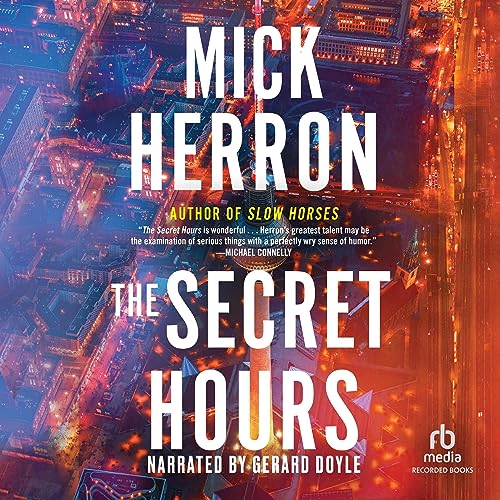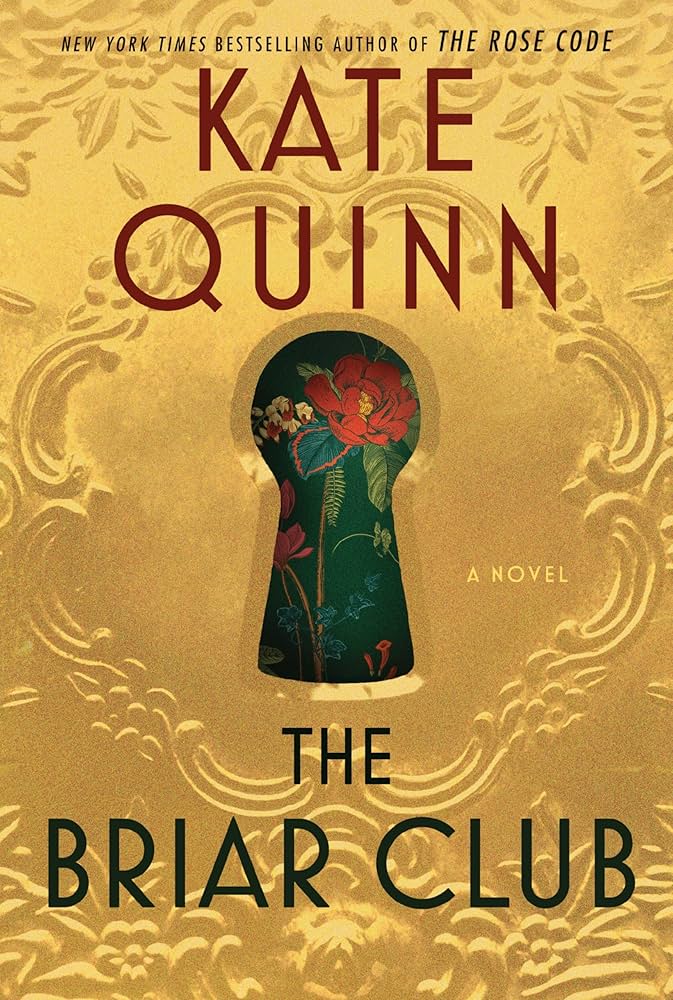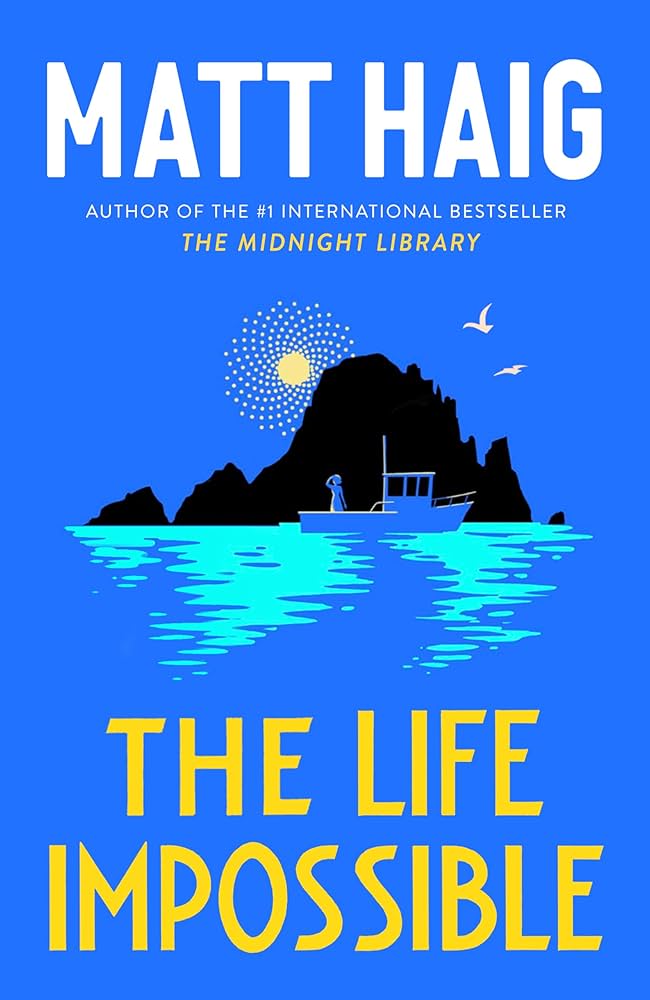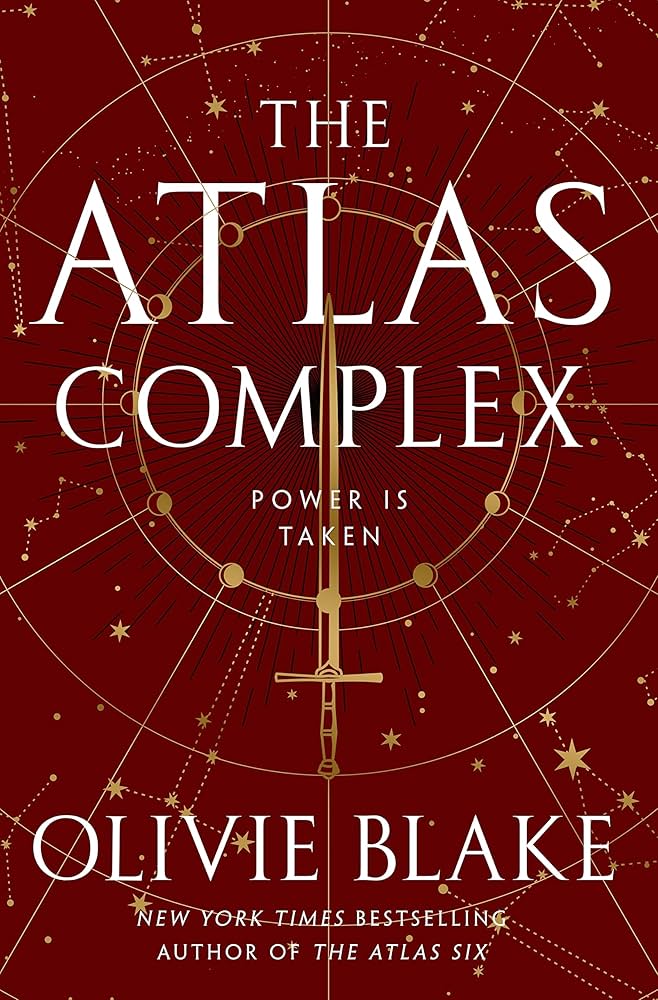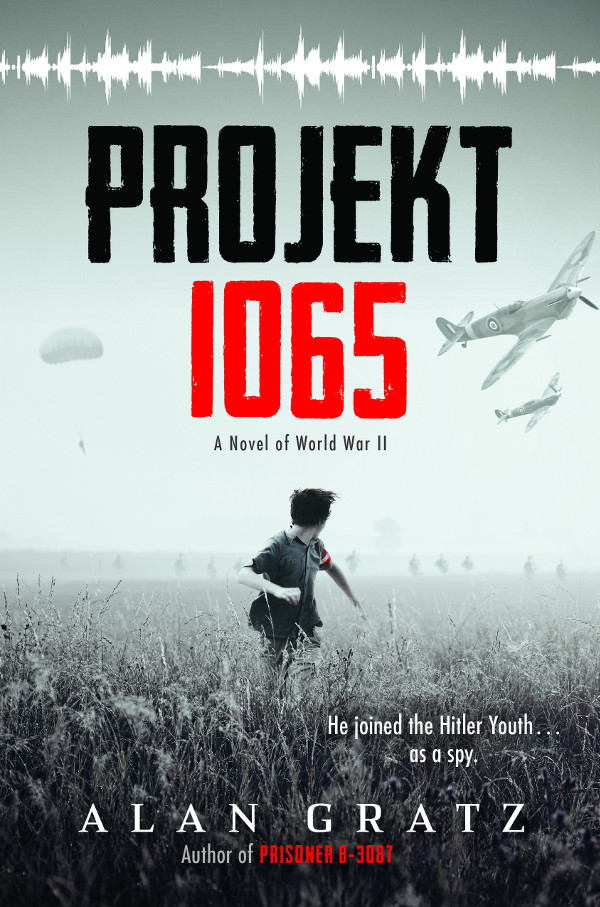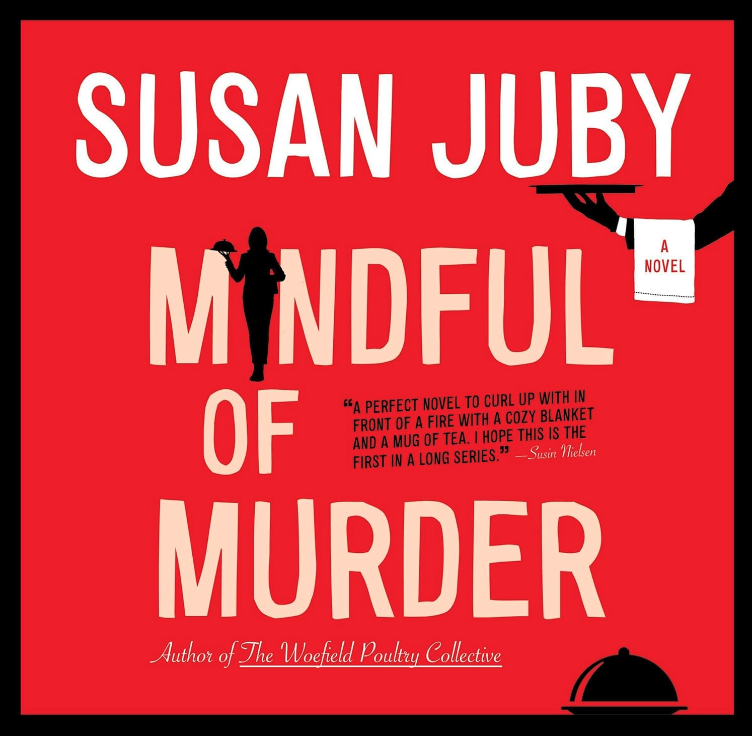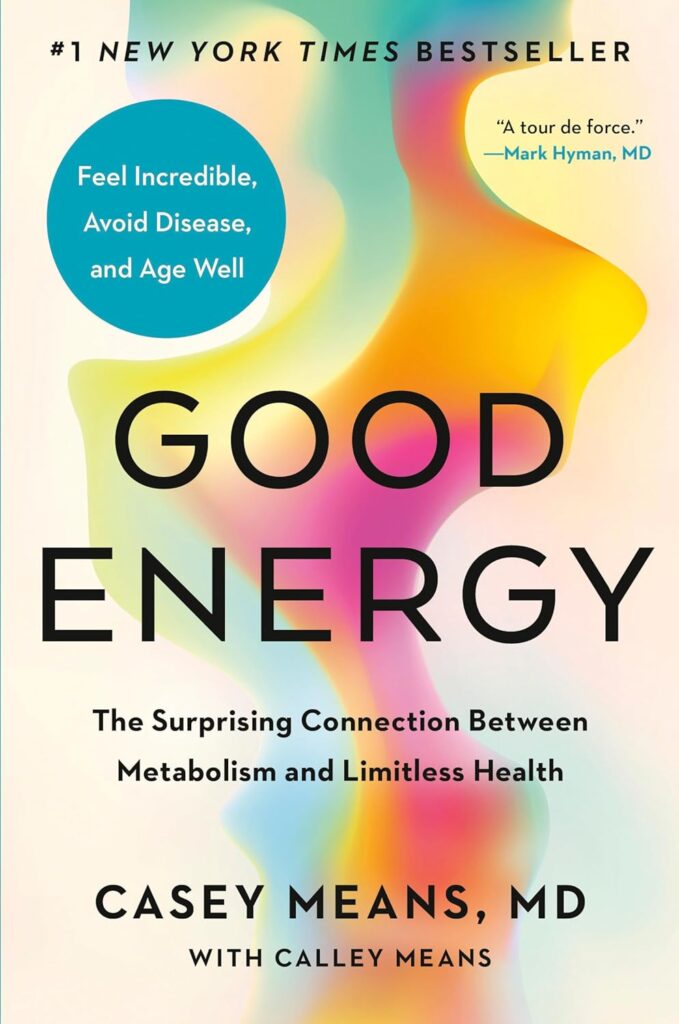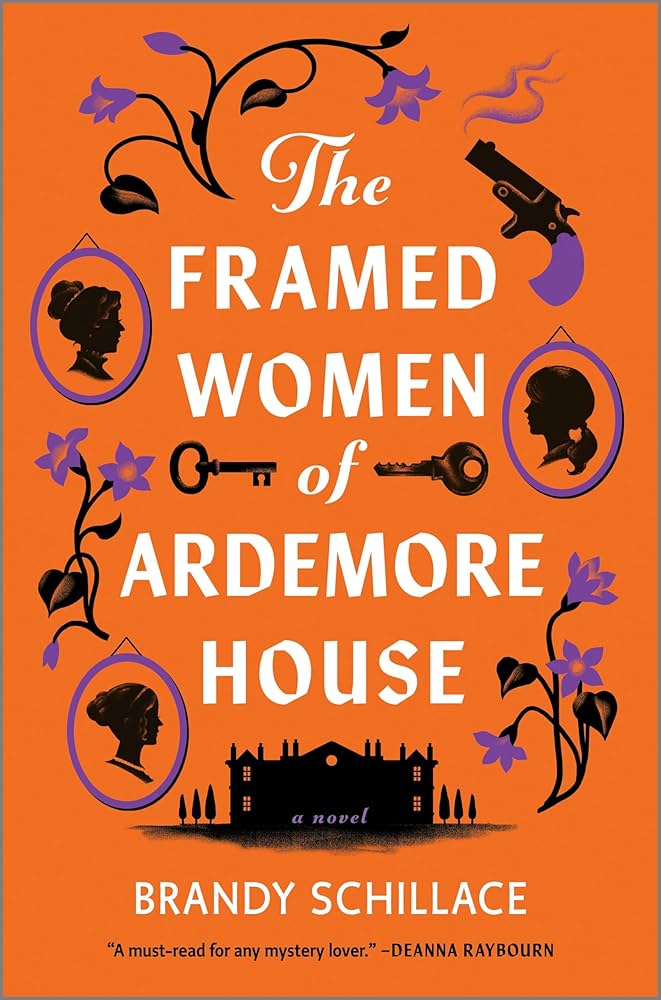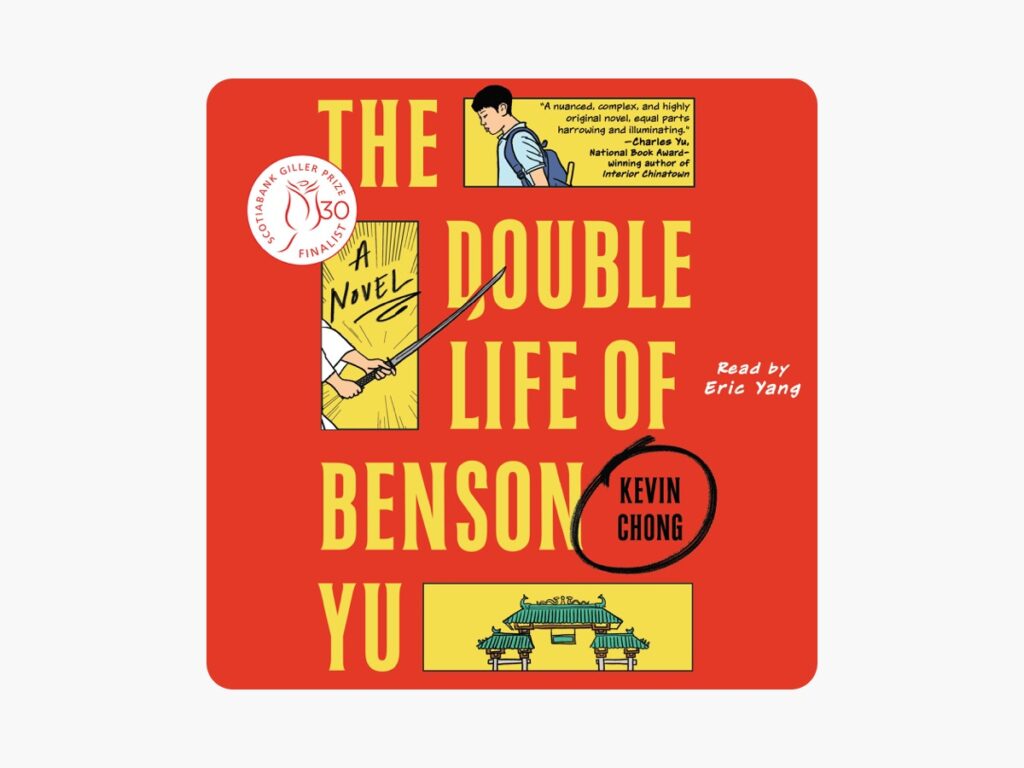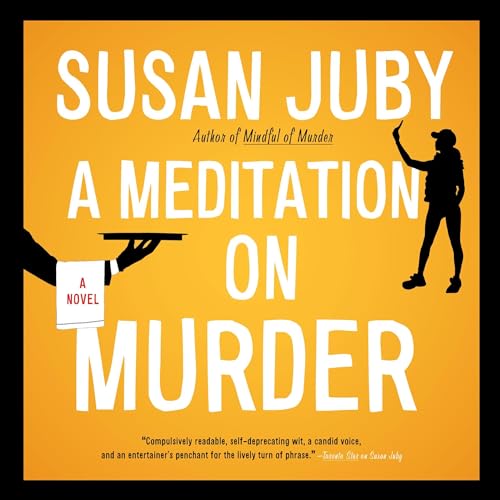
A Meditation on Murder is the second book featuring Buddhist nun turned butler Helen Thorpe. Helen is happily working for the philanthropic Levine family when she is unexpectedly lent to friend-of-the-family Cartier Hightower. Wait, can that happen? It was NOT a scenario covered in butler school.
Cartier is an online influencer who is addicted to social media, is experiencing extreme online bullying, and is too selfish and pampered to sort herself out. The Levines are hoping that Helen can help Cartier get her act together so she is prepared to make good choices when she inherits her father’s vast fortune.
It’s a tall order.
Cartier is highly influenced by her content creation group The Deep State. None of her fellow creators treat her as a friend, but she’s the money bags so her inclusion in the group seems set. The group’s attitude to Cartier is dismissive, in fact someone is the group seems to be setting her up to be the focus of their audience’s hate. Every accident or insensitive move by the group is blamed on Cartier. But more alarming is that one by one, they are dying unexpectedly.
Can Helen’s meditation practice bring Cartier back to the down-to-earth kid she once was? Can Helen’s extremely efficient butlering get a handle on this wayward influencer group’s many needs? And can Helen tap into her keen observation skills to act, once again, as the detective on hand to solve the murder of Cartier’s friends?
A Meditation on Murder is published by HarperCollins Canada
If you like comedic, cozy mysteries like The Thursday Murder Club by Richard Osman or The Maid by Nita Prose, then give the Helen Thorpe books a try. The first in the series was Mindful of Murder, but you can read A Meditation on Murder as a standalone.
